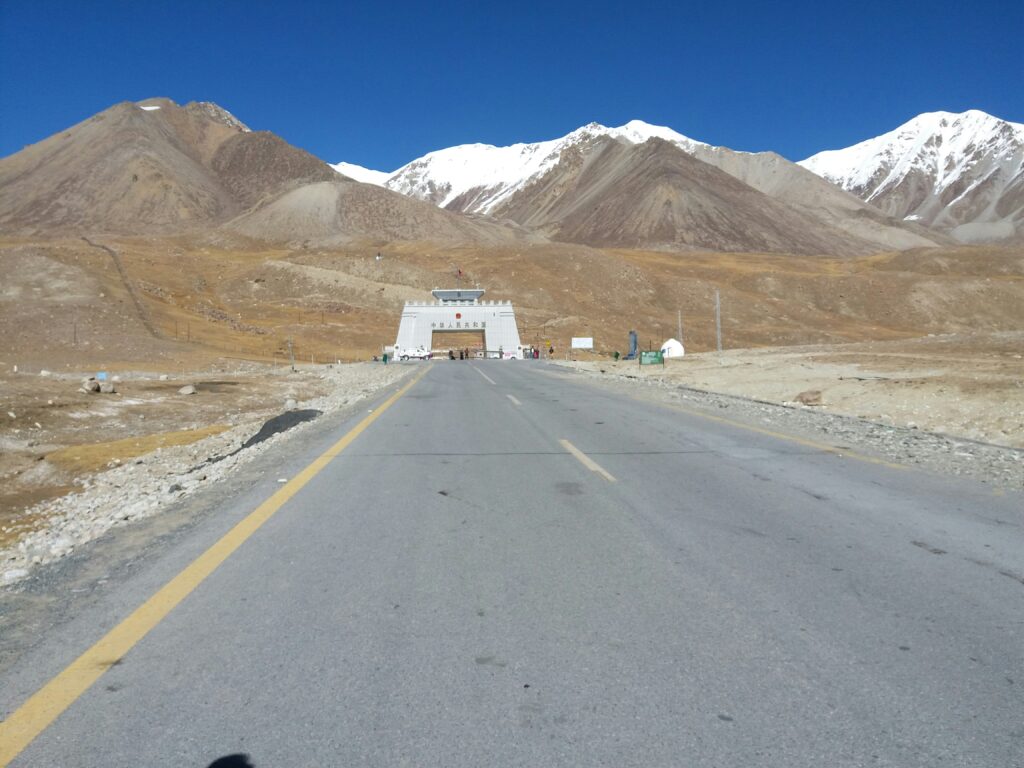is cpec a game changer for pakistan?
The China-Pakistan Economic Corridor (CPEC), a $62 billion megaproject, has ignited global debate. Touted as a “game changer” for Pakistan’s economy, critics liken it to historical exploitative ventures like the East India Company. This article dissects CPEC’s goals, benefits, challenges, and geopolitical implications to answer: Is CPEC a path to prosperity or a debt trap?
The East India Company colonized South Asia through resource extraction and political control. CPEC comparisons arise from China’s ownership of strategic assets like Gwadar Port. However, key differences include:
- Sovereignty: CPEC is a state-to-state agreement, not corporate colonialism.
- Mutual Gains: Pakistan gains infrastructure; China secures trade routes.
- Transparency Demands: Pakistani activists urge public disclosure of CPEC terms to ensure fairness.

Is CPEC a Form of Debt-Trap Diplomacy?
Critics warn of a “debt trap,” citing Sri Lanka’s Hambantota Port lease to China in 2017. Concerns include:
- Loan Transparency: CPEC contracts remain undisclosed, fueling suspicions of unfavorable terms.
- Debt Sustainability: Pakistan’s external debt reached $130 billion in 2023, with 30% owed to China.
- Asset Ownership: China operates Gwadar Port until 2059, controlling 91% of its revenues.
Yet, Pakistan insists CPEC loans are manageable and tied to revenue-generating projects.
What Is CPEC?
CPEC is a network of infrastructure, energy, and industrial projects linking China’s Xinjiang province to Pakistan’s Gwadar Port. Launched in 2015, it spans highways, railways, pipelines, and Special Economic Zones (SEZs). As the flagship project of China’s Belt and Road Initiative (BRI), CPEC aims to enhance regional connectivity, boost trade, and stimulate Pakistan’s economy.
How Is CPEC Part of BRI?
The Belt and Road Initiative (BRI) is China’s global strategy to build trade corridors across Asia, Africa, and Europe. CPEC is BRI’s “crown jewel,” offering China a shorter route to the Arabian Sea (bypassing the Malacca Strait) and access to Middle Eastern and European markets. For Pakistan, it promises infrastructure development, energy security, and job creation.
What Are the CPEC Projects?
CPEC’s two-phase roadmap includes:
Phase 1 (2015–2025): Infrastructure and Energy
- Transport: Karachi-Lahore Motorway (M-5), Gwadar Port upgrades, and ML-1 Railway.
- Energy: 12 power projects (6,300+ MW), including coal, solar, and hydro plants like Karot Hydropower.
- Gwadar Development: A modern port city with a free trade zone.
Phase 2 (2025–2030): Industrialization
- 9 Special Economic Zones (SEZs): Focus on textiles (Rashakai SEZ), tech (Allama Iqbal Industrial City), and manufacturing (Gwadar SEZ).
- Agriculture & Tech: AI-driven farming and 5G partnerships with Chinese firms like Huawei.
Is the Pakistani Government Taking Out $62 Billion in Loans from China?
Contrary to popular belief, CPEC’s 62billion includes both loans and foreign direct investment (FDI). Approximately 62 billion includes both loans and foreign direct investment (FDI). Approximately 35 billion is allocated to energy and infrastructure projects, largely financed through Chinese loans with 2-3% interest rates. The remaining 27 billion comprises FDI in SEZs and Gwadar. While Pakistan’s total debt to China exceeds 27 billion comprises FDI in SEZ sand Gwadar. While Pakistan’s total debt to China exceeds10 billion, officials argue these are “concessional loans” with flexible repayment terms.
Will CPEC Boost Pakistan’s Economy?
Proponents highlight transformative benefits:
- GDP Growth: CPEC could add 2.5% annually to Pakistan’s GDP by 2030 (World Bank).
- Job Creation: cpec will create 70,000 jobs in Phase 1; 1.2 million expected by 2030.
- Energy Security: Reduced load-shedding by 75% since 2018.
- Trade Hub Potential: Gwadar Port could generate $10 billion annually in transit fees.
However, success depends on Phase 2 industrialization and export competitiveness.
What Is the U.S. Position on CPEC?
The U.S. has criticized CPEC, citing:
- Geopolitical Rivalry: Former Secretary of State Mike Pompeo called CPEC a “debt trap” to expand China’s military influence.
- Debt Concerns: The U.S. urges Pakistan to seek IMF support instead of opaque Chinese loans.
- India’s Objections: The U.S. aligns with India’s opposition to CPEC’s Kashmir route, which it claims violates territorial sovereignty.
Conclusion: Opportunity or Risk?
CPEC’s legacy hinges on Pakistan’s governance. Transparent management of SEZs, equitable resource distribution, and debt sustainability could make it a game changer. Conversely, opaque deals and over-reliance on Chinese loans risk economic subjugation. For now, CPEC is neither a guaranteed success nor a predetermined “East India Company”—it’s a high-stakes opportunity demanding accountability and strategic foresight.
for more articles visit https://mastercssprep.com/category/write-up/

